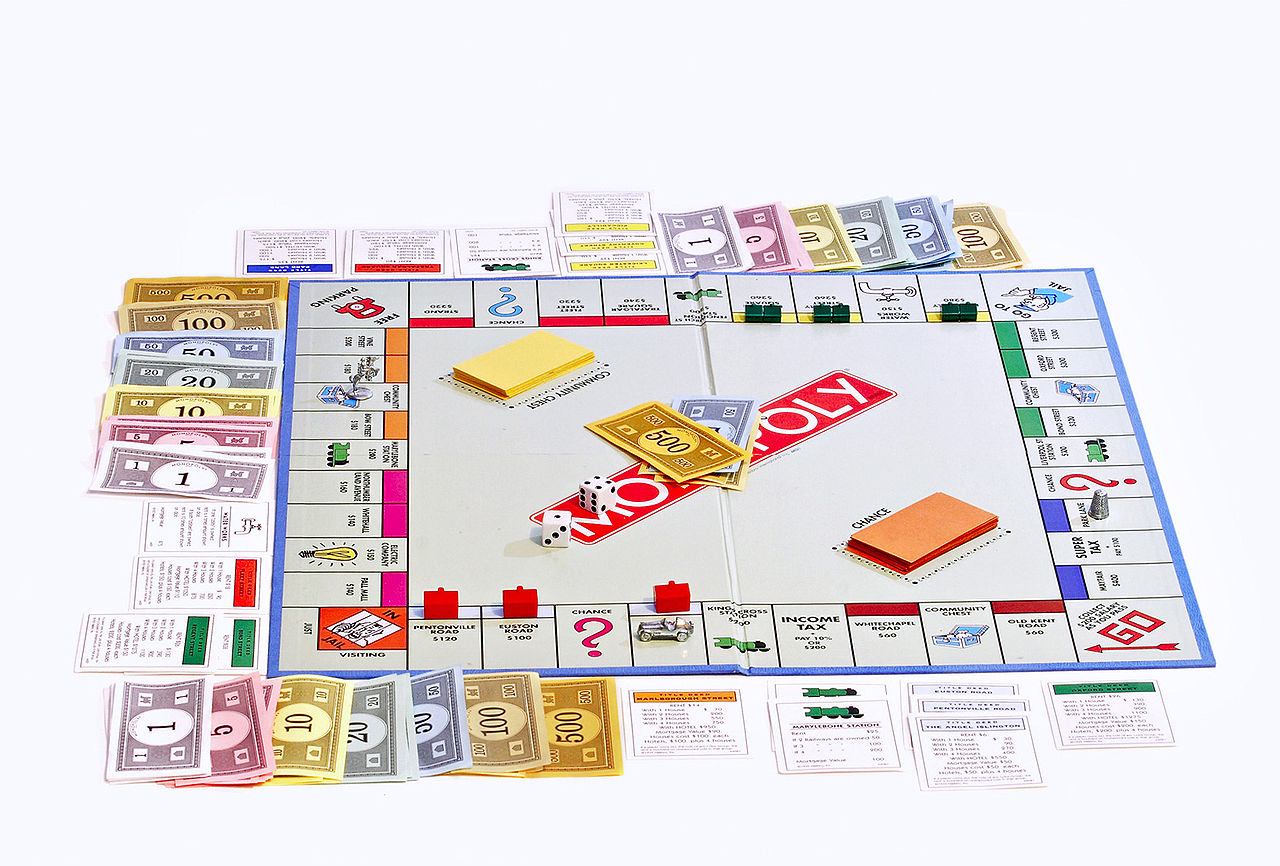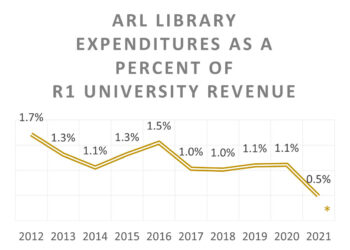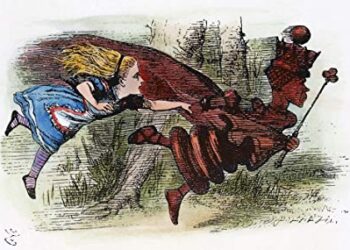(Please be aware, this article was posted on April 1st)
There are Monopoly editions for properties in Amsterdam, Oxford, and London; editions for Rhode Island, the Red Sox, and Coca-Cola. There are even editions for SpongeBob Square Pants, Frozen, and Star Wars–and not just a generic Star Wars edition, mind you, but one specifically designed for the Clone Wars.
Today, Hasbro, the US toymaker released MONOPOLY-the Publishers’ edition.

First released in 1935 as a game to teach children the evils of unchecked market capitalism, MONOPOLY-The Publishers’ edition keeps the tradition going.
Players roll a die, move their piece around the board, purchasing rival publishers and charging opponents rents.
While the most expensive pieces of real estate (Boardwalk and Park Place) reserved just a small corner of the original game, the Publishers’ Edition is dominated by just three properties–Elsevier, Wiley, and SpringerNature, which together occupy three-quarters of available properties. Smaller society and association publishers are crammed into the remaining squares.
Utility squares (formerly represented by railroads, waterworks, and the electric company), are now the properties of reference managers, metrics companies, and social media services. The Income Tax square is renamed VAT and is waived for anyone making more that $1 million.
Peer Review replaces the corner jail; however, a player can roll out early (‘fast-tracked’) by paying $750. Free Parking, thankfully, is still free.
Two of the original player pieces–the top hat and race car–remain. The boot has been replaced by a pair of designer heels and the thimble has been replaced by a hand-held mobile device. The last piece is a replica of Steve Jobs made from precision-milled aluminum.
Chance and misfortune still play a part in the Publishers’ edition in redesigned player cards, which now include:
- Sign exclusive textbook deal with Texas State Board of Education. Collect $10 million!
- Editorial board defects, starts new journal. Lose turn.
- Sued by researcher over article retraction. Pay $50,000!
- Go public! Collect $5 million from venture capitalists and draw a Chance card.
- Republish other publishers’ CC-BY articles. Collect $10,000 and roll again.
- Subscription vendor declares bankruptcy. Pay each library $5,000.
- Librarian names you a “predatory publisher” on blog. Ignore and roll again.
Buy it today! Next year’s price is expected to go up by 6.1%.
Discussion
15 Thoughts on "MONOPOLY-The Publishers Edition"
Nicely done!
I’m going to run out and patent this, or trademark it, or copyright it, or something!
Thanks, Phil!
You had me going for a minute. Good fun!
nicely done, except for the poor credit to the rights holder of the photograph. How can that happen?
Perfect for April 1st!
SK, you never disappoint on April 1st! i was looking for this at 12:01 am…….thank you!
ps. PD: cool idea. i certainly hope this game is completely free.
The Pubs manager (now Director of Pubs) Miranda Walker at INFORMS created a customized publishing Monopoly game several years ago for the annual Pubs retreat. It was a big hit and great learning exercise, especially for staff not involved in the business side of academic publishing.
Phil, this is great fun, but I was waiting for the joke about “gaming the JIF!”
I spent some time this morning trying to find an image of the “Hapmapopoly” board from the early 2000’s: http://bit.ly/1xXDxbl Produced in highly limited run by Cold Spring Harbor.
It is hard to see, but the 4 “railroad” properties, along with their “price” were these: Nature ($200K), Science ($200k), Genome Research ($200K) and PLoS Biology ($0K). At the time, I was intrigued by how quickly PLoS Biology got included as a critical railroad (distribution path) for discoveries – and now as quickly replace in Phil’s version with social media and technology companies.
Some anthropology student in the distant future is going to write his/her dissertation about using Monopoly boards to map social consciousness. I hope that bright researcher finds Phil’s version!
Cute, Phil!
Misappropriate assets from company pension plan to prop up disintegrating newspaper acquisitions–go to jail!
Perfect indeed for April 1…..



